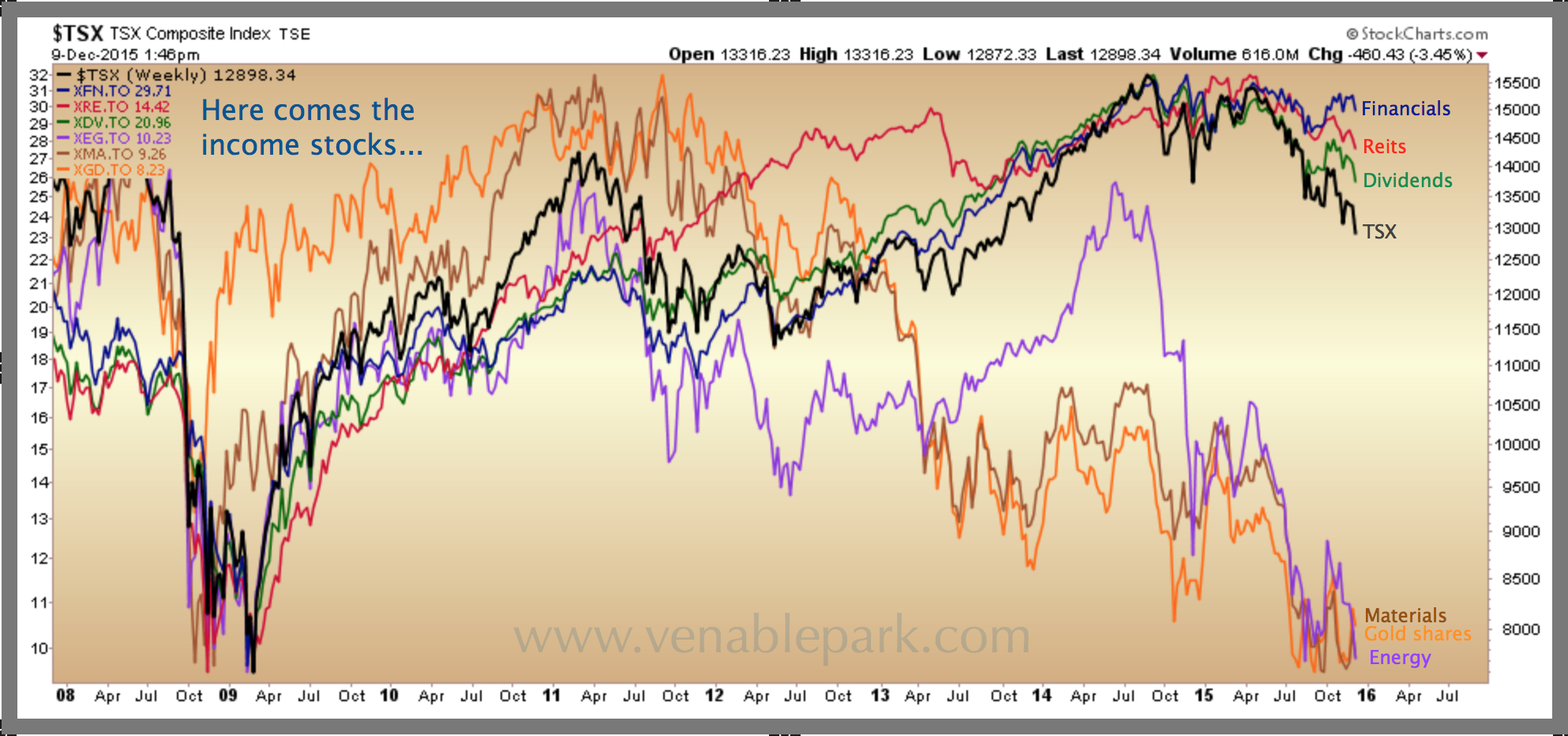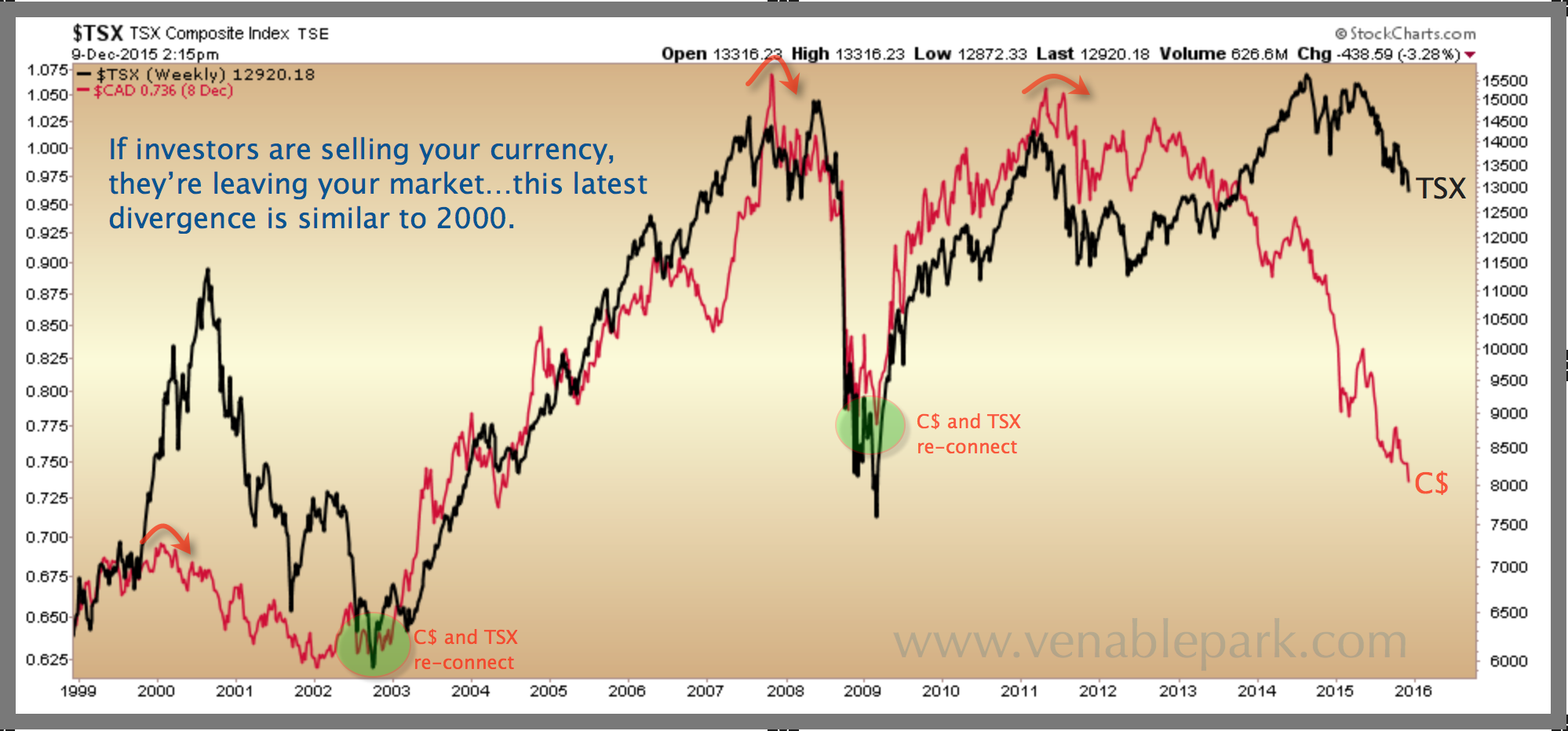Today shares of Greenlight Capital Re (headed by ‘star’ hedge fund manager David Einhorn) are down nearly 3% and having fallen 42% year to date, are now trading under their initial public offering price of $19 a share in 2007. In other words–the shares have now gained less than zero in 8 years. See: Einhorn slump wipes out Greenlight’s gains from 2007 IPO
Not to pick on Mr. Einhorn, lots of fund managers have lost money this year. And not just those who are considered risky bets. Case in point, Mr Buffett’s Berkshire Hathaway is down more than 13% (so far) since last December.
All those who rode the QE elevator up between 2010 and 2014 are now riding the risk elevator down from lofty heights with typical end-of-cycle-speed. As usual, although they boasted skill and took credit for gains in the upcycle, the same crowd will point to conditions beyond their control as prices fall. In truth they were not genius, they were simply carelessly riding a wave of Central Bank liquidity that crested last year. The correcting wave is inevitable and overdue.
As we have warned, with interest rates so low and so much capital searching for a home, so called ‘defensive’ stocks became some of the most heinously over-valued the past few years. Their mean reversion too has been baked in by indiscriminate buying as prices rose beyond reason. They are now catching down to the real economy and taking broad markets with them. As shown in this updated chart, Canadian dividend paying sectors are down about 3% this week and an average of 17% over the past 14 months. If history is a guide, the declines here are just getting started. The 2009 and 2003 cycle lows beckon.

Similar forces can been seen at work with the Canadian dollar. It turns out for foreign investors, it wasn’t so much Canada, but the promise of a stable currency and rising prices that they craved. As shown below since 1999, the loonie and Canadian stock prices have been inextricably linked. There have been just three short periods in the past 16 years when the stock market continued to rise as the currency fell: 1999-2000, 2006-07 and 2013-2014. The re-couplings in 2000-03 and 2008-09 were of course, swift and brutal. This time is unlikely to be otherwise.

When global capital moves out of a currency it moves out of that country’s investment markets too. And thanks to leverage the downcycle tends to move 3 times faster than the up, and vaporize many years of apparent gains in a matter of months–important to understand.


